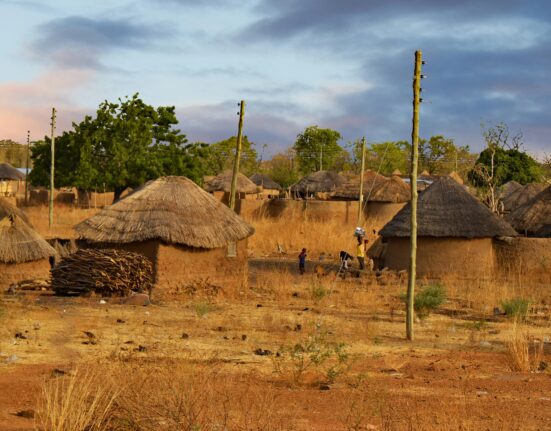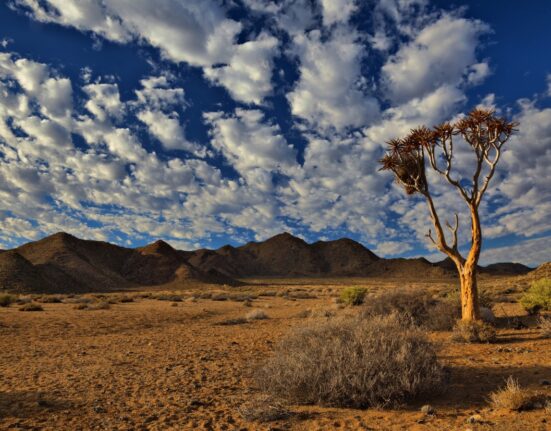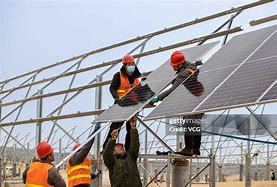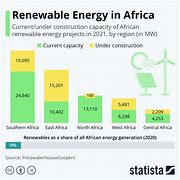Africa is on the cusp of a renewable energy revolution with offshore wind-to-hydrogen projects gaining momentum. While this segment is still evolving, recent developments in Europe and China are paving the way for a promising future in Africa.
The history of harnessing wind power for hydrogen production dates back to Danish scientist Poul la Cour’s groundbreaking work in 1891. Fast forward to the present day, and experts believe that hydrogen will play a vital role in decarbonizing global energy systems.
According to the International Energy Agency,
“Hydrogen can enable renewables to provide an even greater contribution. It has the potential to help with variable output from renewables like solar photovoltaics and wind.”
Europe has been spearheading offshore wind-to-hydrogen development. In Germany, the H2Mare project successfully connected a wind turbine to electrolysers, marking a significant milestone in producing hydrogen directly at offshore facilities. This innovation not only reduces costs but also enhances efficiency by eliminating complex grid connections.
The Netherlands is also making strides in green hydrogen production through projects like From Wind to Hydrogen. Collaborations between companies like HYGRO Energy and research institutions aim to create sustainable hydrogen ecosystems while exploring cost competitiveness.
In China, advancements in offshore wind farm technology have enabled scientists to produce green hydrogen directly from seawater using membrane-based electrolysis systems. With plans for more offshore wind projects on the horizon, China remains at the forefront of renewable energy innovation.
Despite these global advancements, Africa’s potential in offshore wind-to-hydrogen largely remains untapped. The continent boasts high-quality sites with abundant wind resources that could drive green hydrogen production. Countries like Egypt, Namibia, and South Africa have shown interest in developing large-scale wind farms for green hydrogen production.
South Africa, in particular, stands out as a key player in the green economy transition. Strategic initiatives such as publishing Environmental Impact Assessment guidelines and Green Hydrogen Potential Atlases demonstrate its commitment to becoming a green hydrogen powerhouse.
The Three electrolyser configurations are:
1. Onshore: Electricity generated by wind power plants is transmitted ashore for hydrogen production.
2. Offshore: Centralized or decentralized configurations use desalinated seawater for electrolysis.
3. In-turbine: Electrolysers integrated into or near wind turbines produce compressed hydrogen transported via pipelines.
As Africa embraces the potential of offshore wind-to-hydrogen projects, it sets sail towards a greener energy landscape where clean power sources drive sustainable growth and innovation across the continent.









Leave feedback about this